Vanadinite is a striking mineral known for its vibrant red, orange, and brownish colors, often forming dazzling crystal clusters. Its name comes from its vanadium content, a rare element that gives vanadinite its unique hues. This mineral has captivated mineral enthusiasts and collectors alike for its aesthetic appeal and fascinating geological origins.
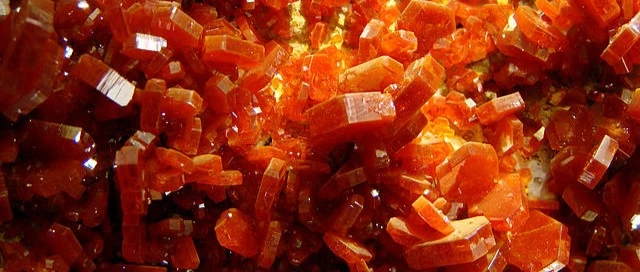
Geological Formation
Vanadinite typically forms in the oxidized zone of lead-bearing deposits, where lead minerals are altered by weathering and groundwater. The presence of vanadium-rich fluids interacts with these lead deposits, leading to the formation of vanadinite crystals. The process is complex and can take millions of years, resulting in the beautiful crystals we see today.
Physical Characteristics
Vanadinite crystals are typically hexagonal prisms or barrels, often occurring in clusters that can be quite large. The crystals can range in size from a few millimeters to several centimeters and are known for their vibrant colors. The most common colors are red, orange, and brown, but vanadinite can also occur in yellow and colorless varieties, although these are less common.
Locations and Occurrences
Vanadinite is found in various locations around the world, with notable occurrences in Morocco, Arizona (USA), and Mexico. In Morocco, vanadinite is often found in the Mibladen and Touissit areas, where it occurs in association with other lead and vanadium minerals. The crystals from Morocco are particularly prized for their rich color and large crystal clusters.
In Arizona, vanadinite is found in the oxidized zones of lead deposits in areas such as the Pure Potential Mine and the Apex Mine. These specimens are highly sought after by collectors for their deep red color and excellent crystal formations.
In Mexico, vanadinite is found in the states of Durango and Chihuahua, where it occurs in lead and silver deposits. The Mexican vanadinite crystals are known for their vibrant orange-red color and can occur in stunning crystal clusters.
Uses and Significance
Vanadinite is primarily valued for its aesthetic qualities and is highly sought after by mineral collectors. Its striking colors and unique crystal formations make it a prized addition to any collection. Additionally, vanadinite is sometimes used as a minor ore of vanadium, although its vanadium content is typically low compared to other vanadium-bearing minerals.
In the metaphysical and healing community, vanadinite is believed to have grounding and energizing properties. It is often used to enhance creativity, vitality, and focus, making it a popular choice for meditation and spiritual practices.
Crystal Structure and Formation
Vanadinite belongs to the apatite group of minerals and has a chemical formula of Pb5(VO4)3Cl. It crystallizes in the hexagonal system and typically forms prismatic or barrel-shaped crystals. The crystals often exhibit well-defined faces and can be translucent to transparent, allowing light to pass through and enhance their color.
While the most common colors of vanadinite are red, orange, and brown, it can also occur in yellow and colorless varieties, although these are less common. The color variation is due to the presence of trace elements such as iron and arsenic, which can influence the color of the crystals.
Crystal Clusters and Aggregates
Vanadinite crystals often occur in clusters or aggregates, which can be quite large and impressive. These clusters can form intricate structures with multiple crystals intergrown, creating a stunning display of color and form. The largest crystal clusters are often found in Morocco and Mexico, where vanadinite occurs in abundance.
Geological Significance
Vanadinite is an important mineral in the study of ore deposits and mineral formation. Its presence in lead deposits indicates the presence of vanadium-rich fluids, which can provide valuable insights into the geological processes that occurred in the formation of these deposits. Studying vanadinite can help geologists understand the history of the Earth’s crust and the processes that have shaped it over millions of years.
Vanadinite is a highly sought-after mineral among collectors due to its vibrant colors and unique crystal formations. Collectors often seek out specimens from specific locations, such as Morocco and Arizona, for their exceptional quality and beauty. Vanadinite specimens are typically collected for display purposes and are valued for their aesthetic appeal.
Chemical Composition and Properties
Vanadinite is composed primarily of lead, vanadium, oxygen, and chlorine. It has a Mohs hardness of 3–4, making it relatively soft compared to other minerals. It has a specific gravity of 6.6–7.2, which is quite high, indicating a dense mineral. Vanadinite is also slightly soluble in water, which can affect its stability over time.
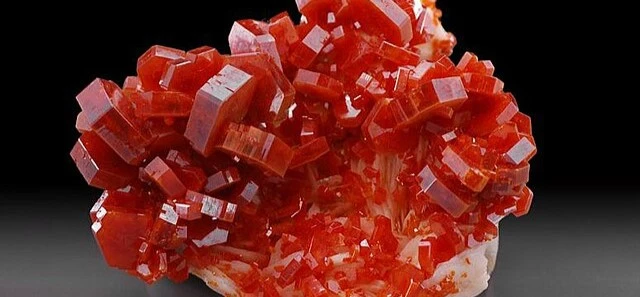
Industrial Uses
While vanadinite is primarily valued for its aesthetic qualities, it also has some industrial uses. It is occasionally used as a minor ore of vanadium, although its vanadium content is typically low compared to other vanadium-bearing minerals. Vanadinite is also sometimes used as a pigment in ceramics and glassmaking, where its vibrant colors can enhance the appearance of the final product.
Vanadinite typically forms in the oxidized zones of lead deposits, where lead minerals are altered by weathering and groundwater. The presence of vanadium-rich fluids interacts with these lead deposits, leading to the formation of vanadinite crystals. The process is complex and can take millions of years, resulting in the beautiful crystals we see today.
Crystal Habit and Twinning
Vanadinite crystals exhibit a variety of habits, including prismatic, barrel-shaped, and tabular forms. They can also occur as drusy coatings on matrix material, creating a sparkling effect. Twinning is rare in vanadinite but can occur, leading to complex and intricate crystal formations.
Healing Properties and Metaphysical Uses
In the metaphysical and healing community, vanadinite is believed to have grounding and energizing properties. It is often used to enhance creativity, vitality, and focus, making it a popular choice for meditation and spiritual practices. Vanadinite is also thought to help in overcoming self-limiting beliefs and encouraging positive change in one’s life.
Vanadinite has a rich cultural and historical significance, with ancient civilizations often valuing it for its striking colors and believed metaphysical properties. In some cultures, vanadinite was used as a talisman for protection and strength, with the vibrant red and orange colors symbolizing vitality and courage. Vanadinite artifacts have been found in archaeological sites, suggesting that it was used and traded by ancient peoples for its beauty and perceived powers.
Environmental Impact and Conservation
The mining of vanadinite and other minerals can have significant environmental impacts, including habitat destruction and water pollution. In areas where vanadinite is mined, measures are often taken to minimize these impacts, such as reclamation of mined lands and treatment of wastewater. Conservation efforts are also important to protect vanadinite and its habitat from overexploitation and ensure its availability for future generations.
Crystallography and Optical Properties
Vanadinite crystallizes in the hexagonal crystal system and exhibits a variety of optical properties. It has a high refractive index, which gives it a brilliant luster and enhances its color. Vanadinite crystals are often transparent to translucent, allowing light to pass through and create a dazzling display of color. The crystallography of vanadinite is of interest to mineralogists and crystallographers studying the structure and properties of minerals.
Geological Distribution and Occurrences
Vanadinite is found in various geological settings around the world, with significant occurrences in Morocco, Arizona, and Mexico. In Morocco, vanadinite is often found in association with other lead and vanadium minerals in the Mibladen and Touissit areas. In Arizona, vanadinite is found in the oxidized zones of lead deposits in areas such as the Pure Potential Mine and the Apex Mine. In Mexico, vanadinite occurs in lead and silver deposits in the states of Durango and Chihuahua. Understanding the geological distribution of vanadinite can provide insights into the processes that have shaped the Earth’s crust over time.
Prehistoric 101 (Learn about fossils, minerals, and meteorites)
Learn: Vanadinite

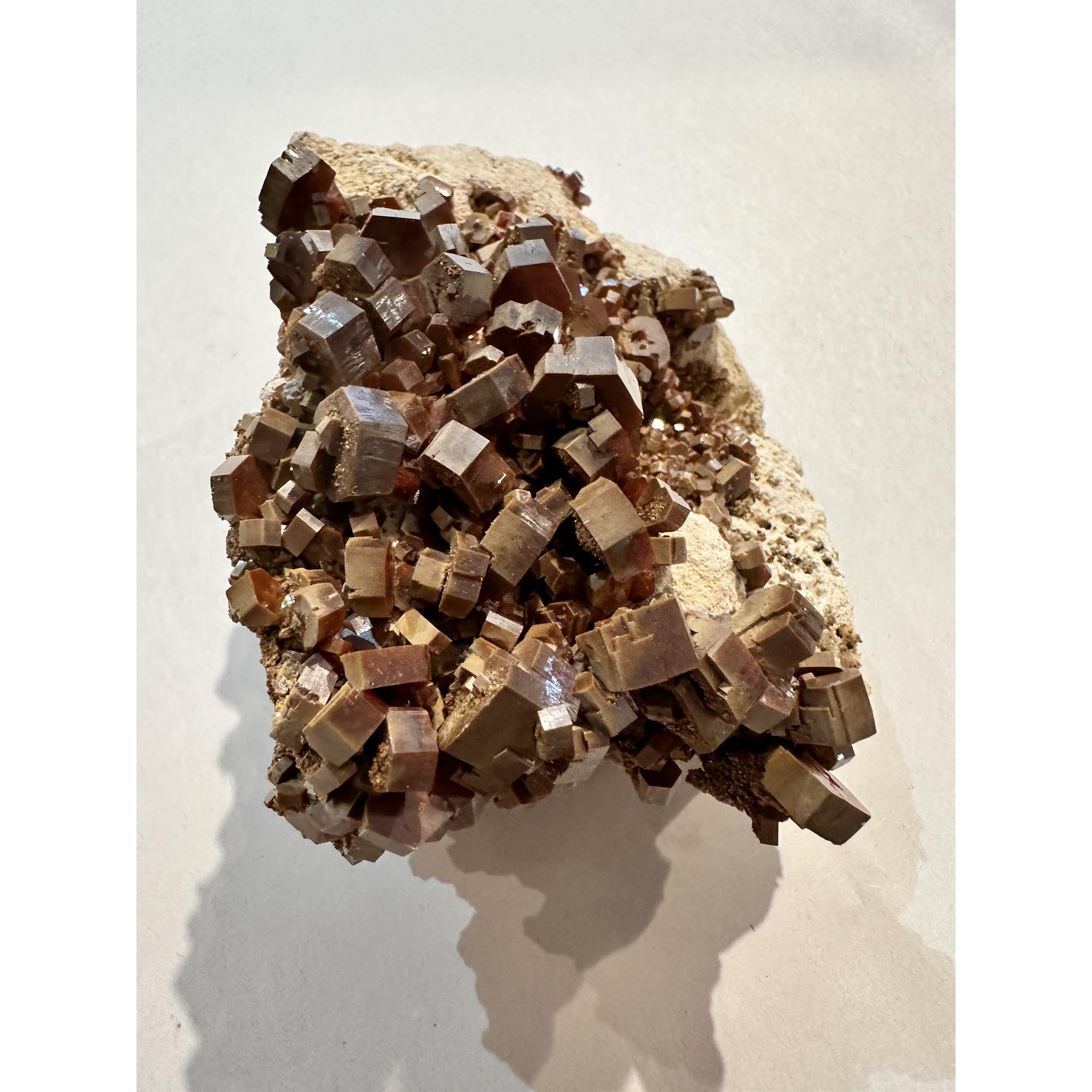
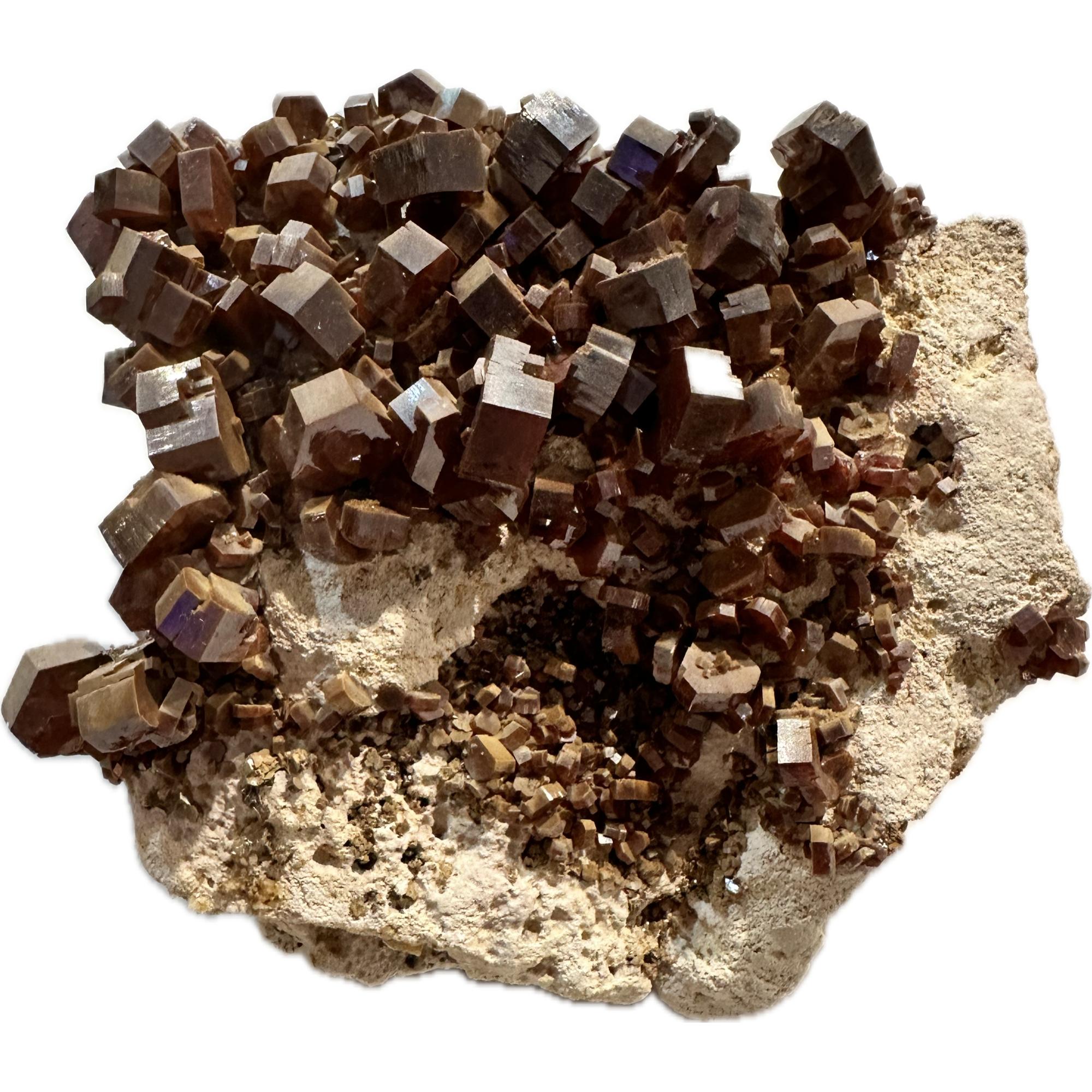
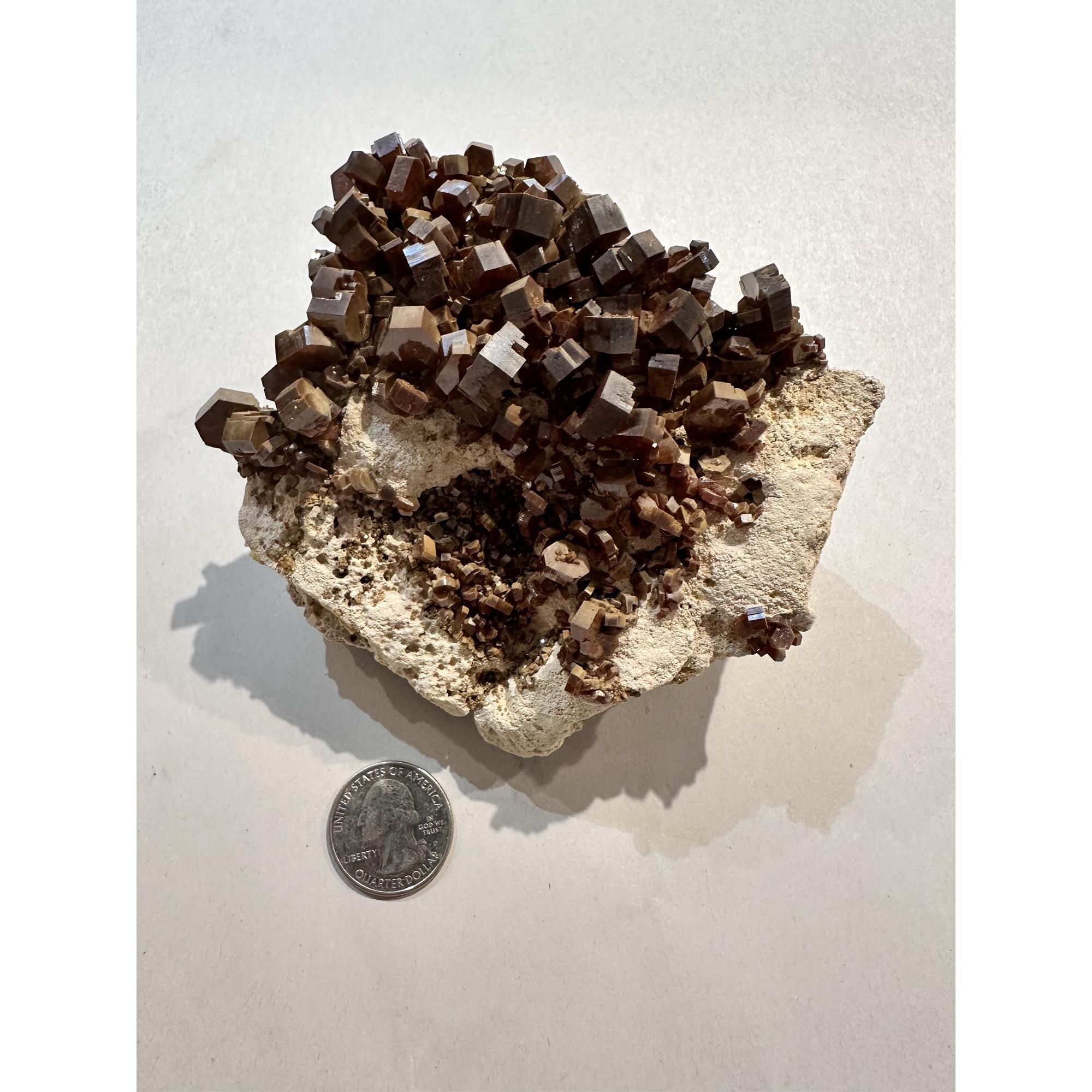
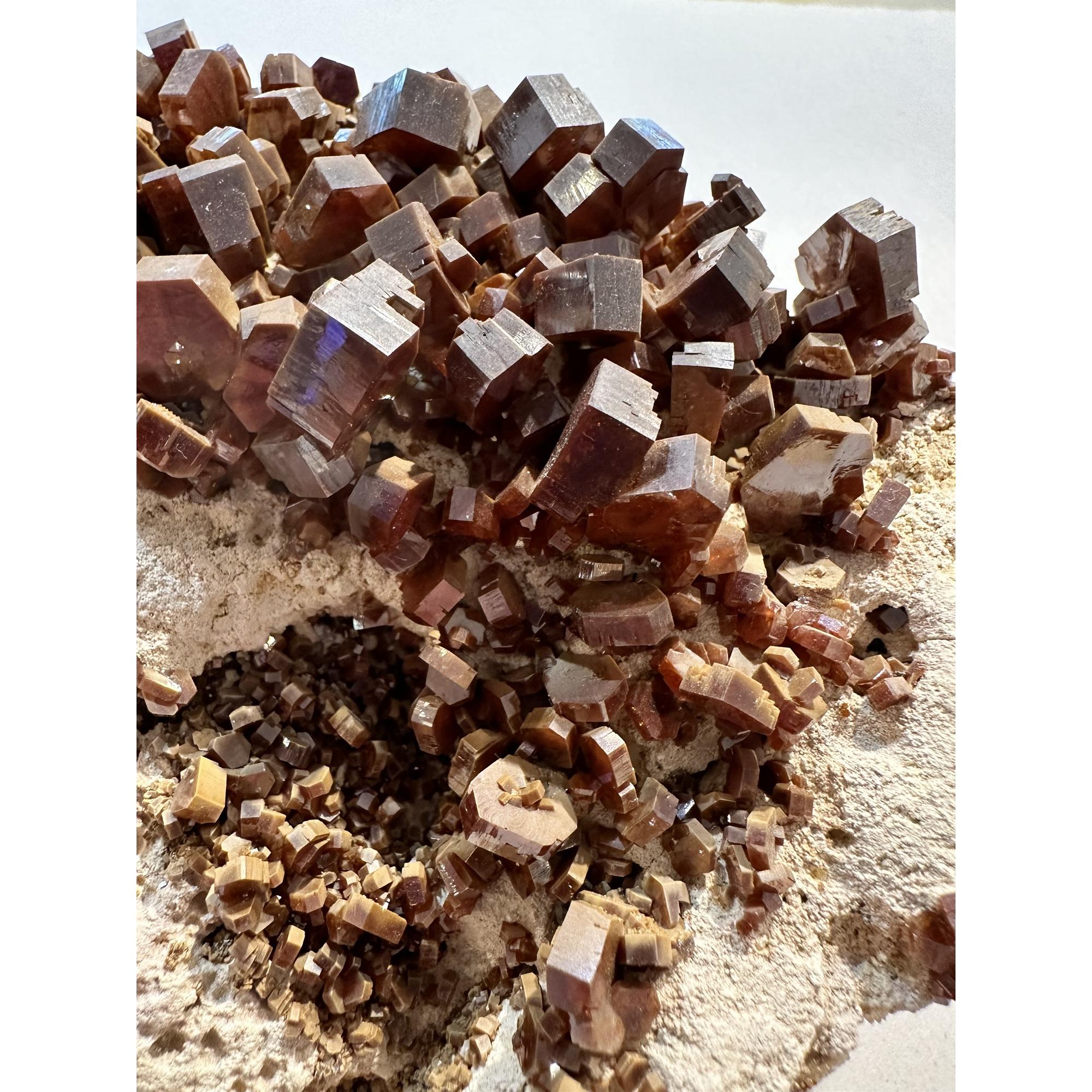
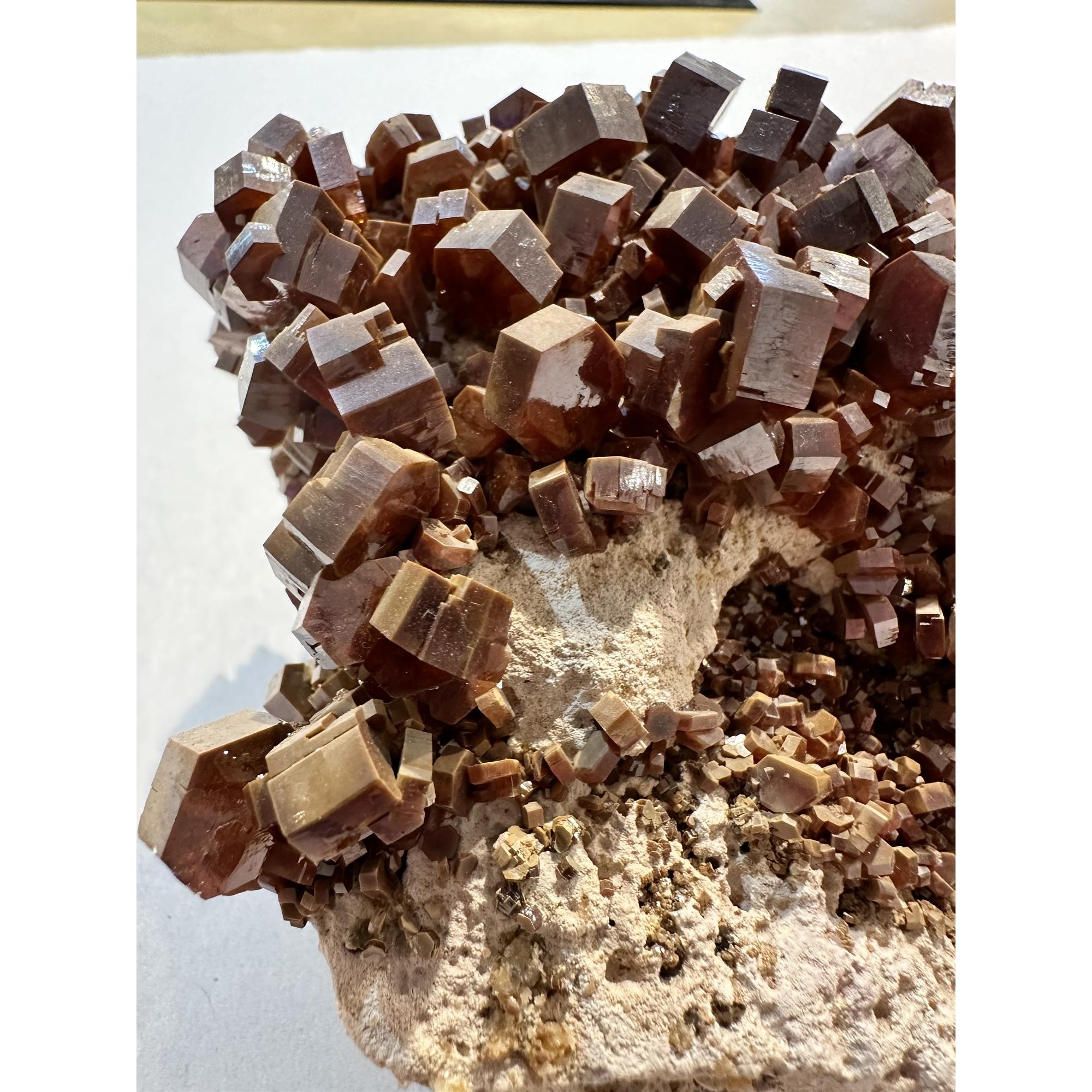
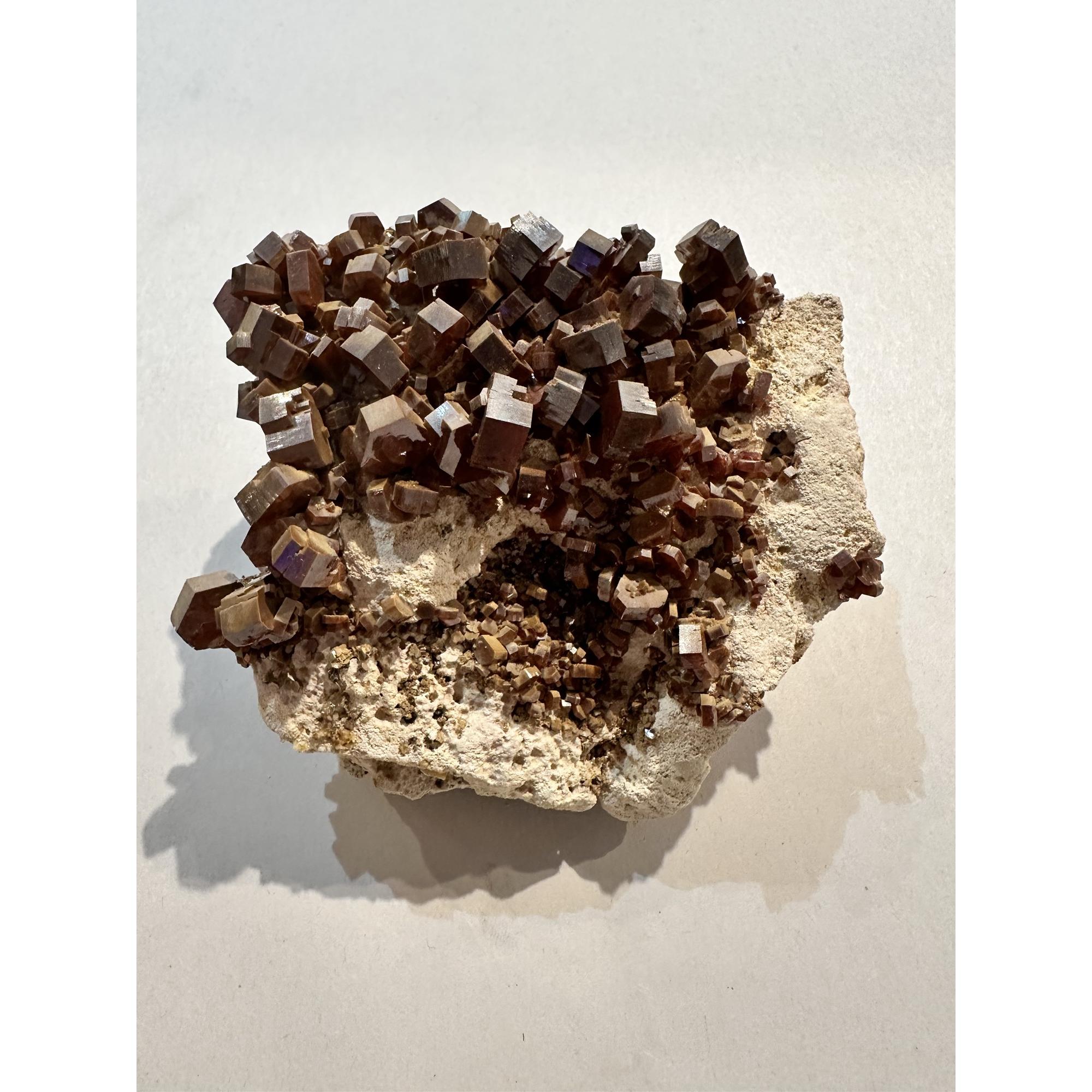
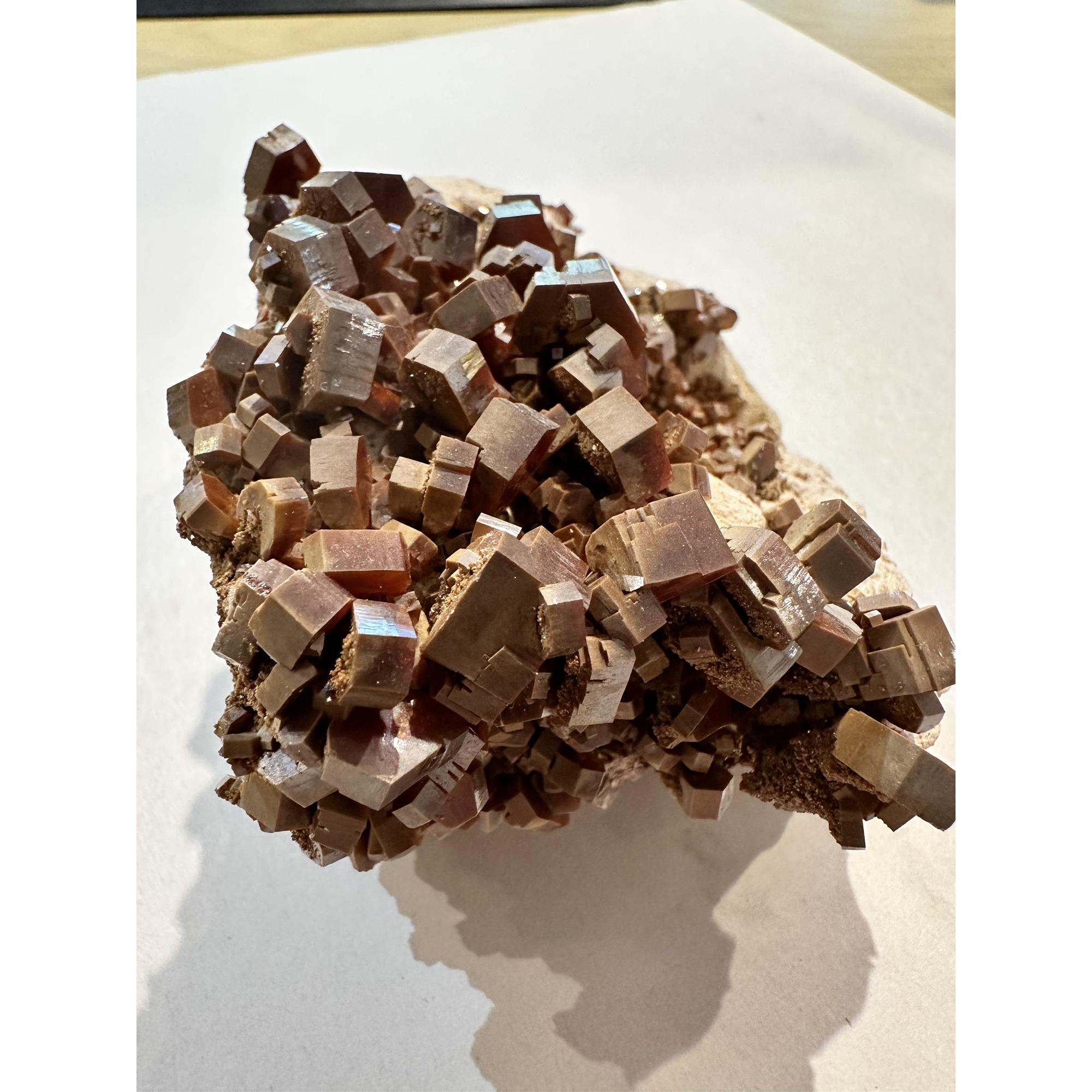
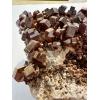
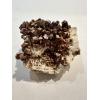
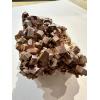
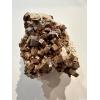
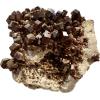
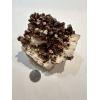
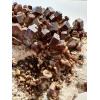
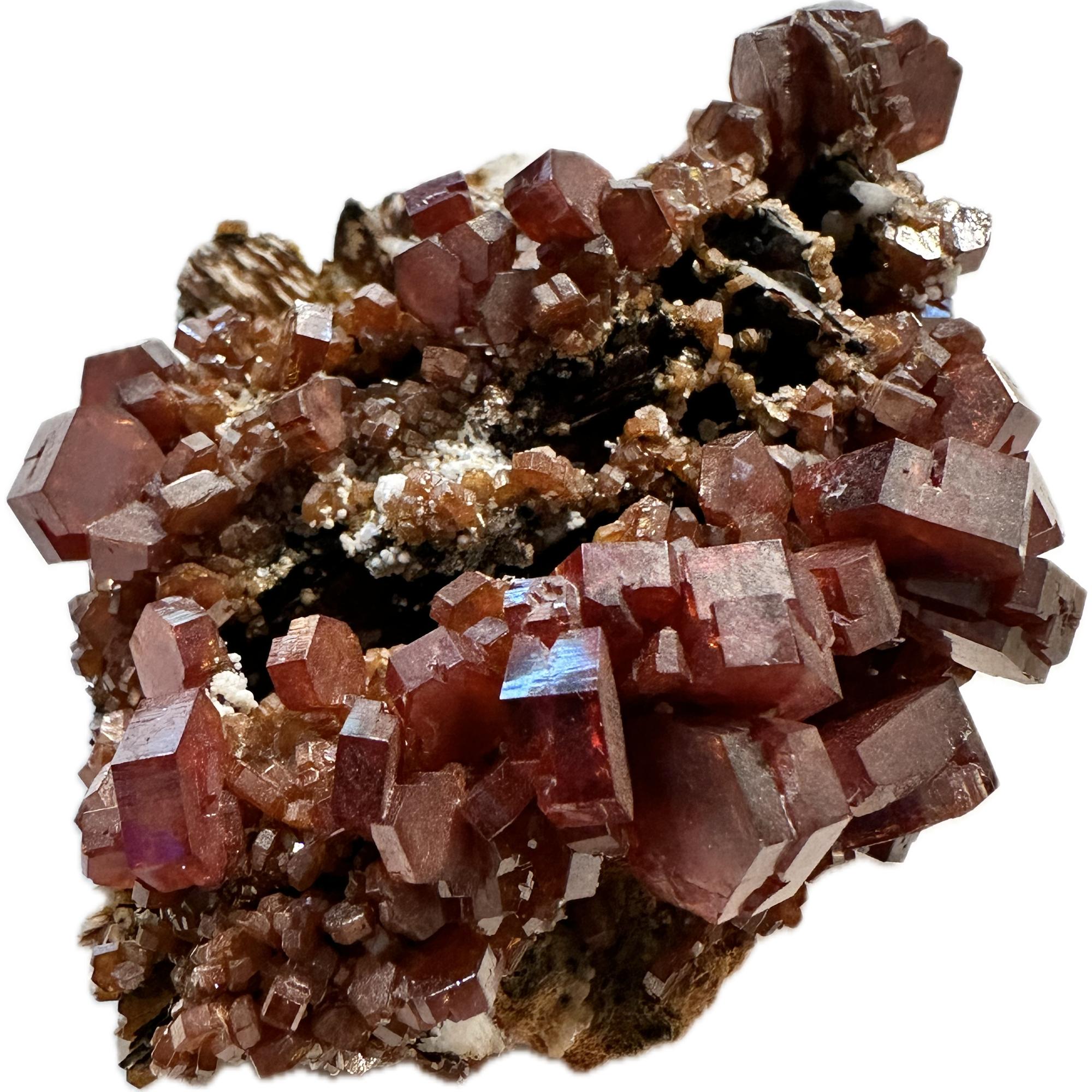
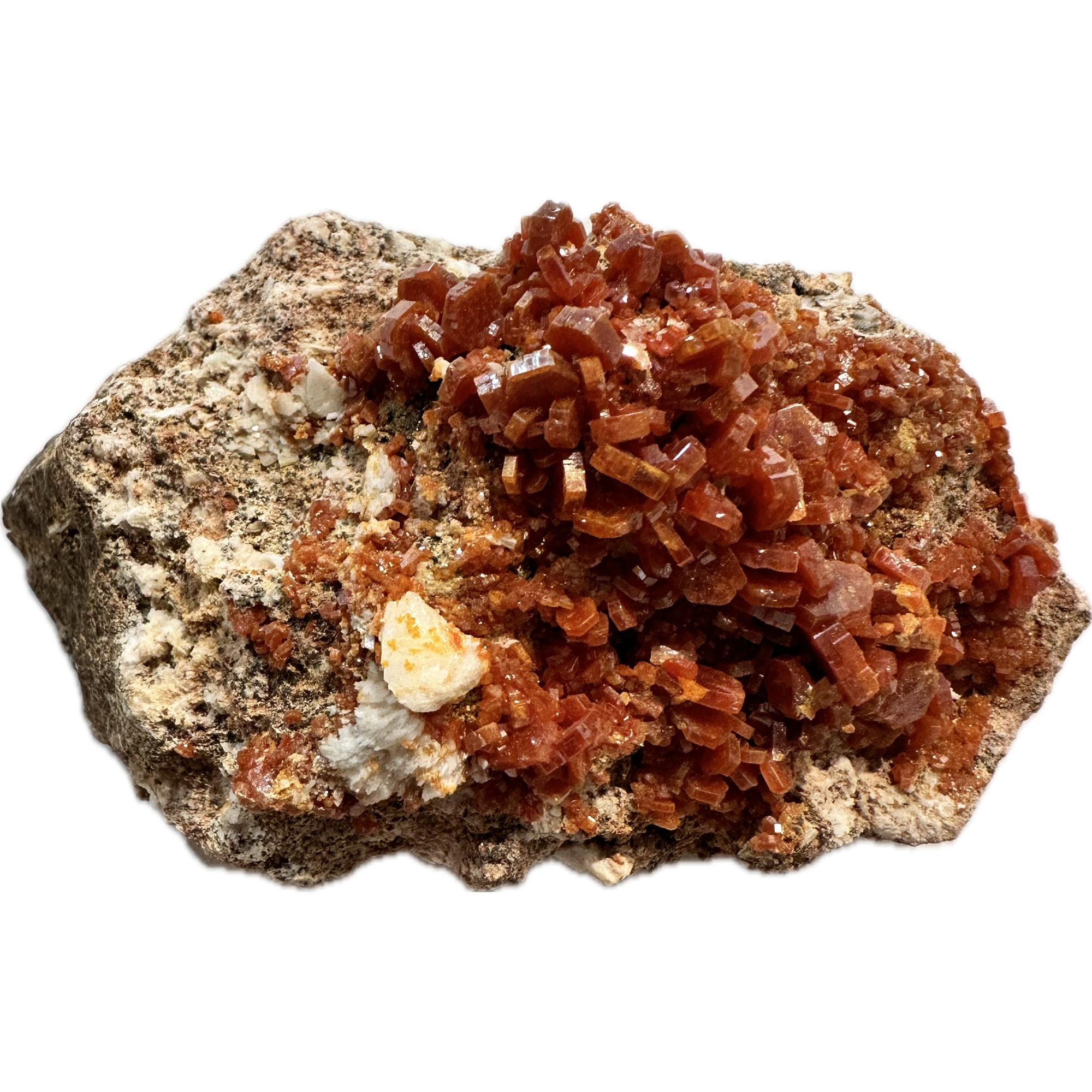
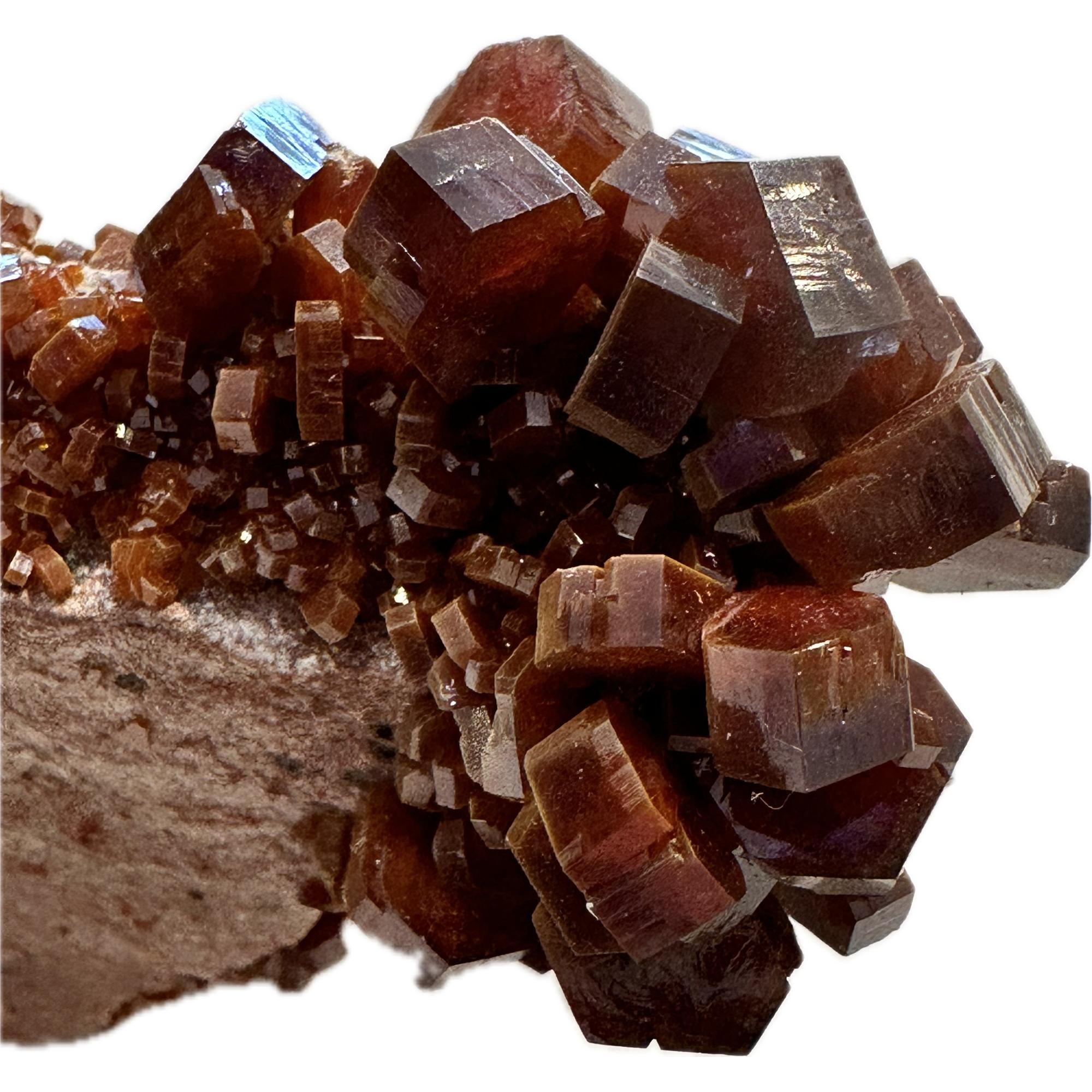
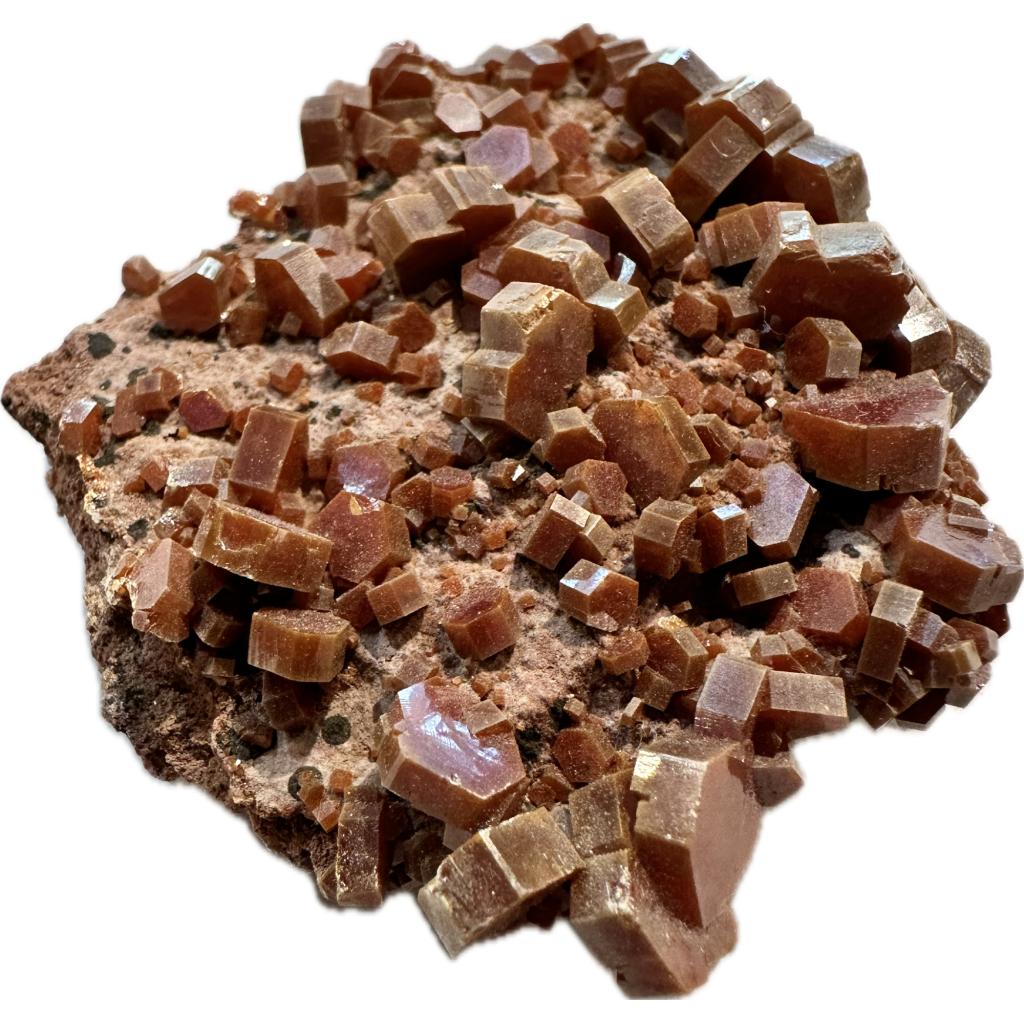
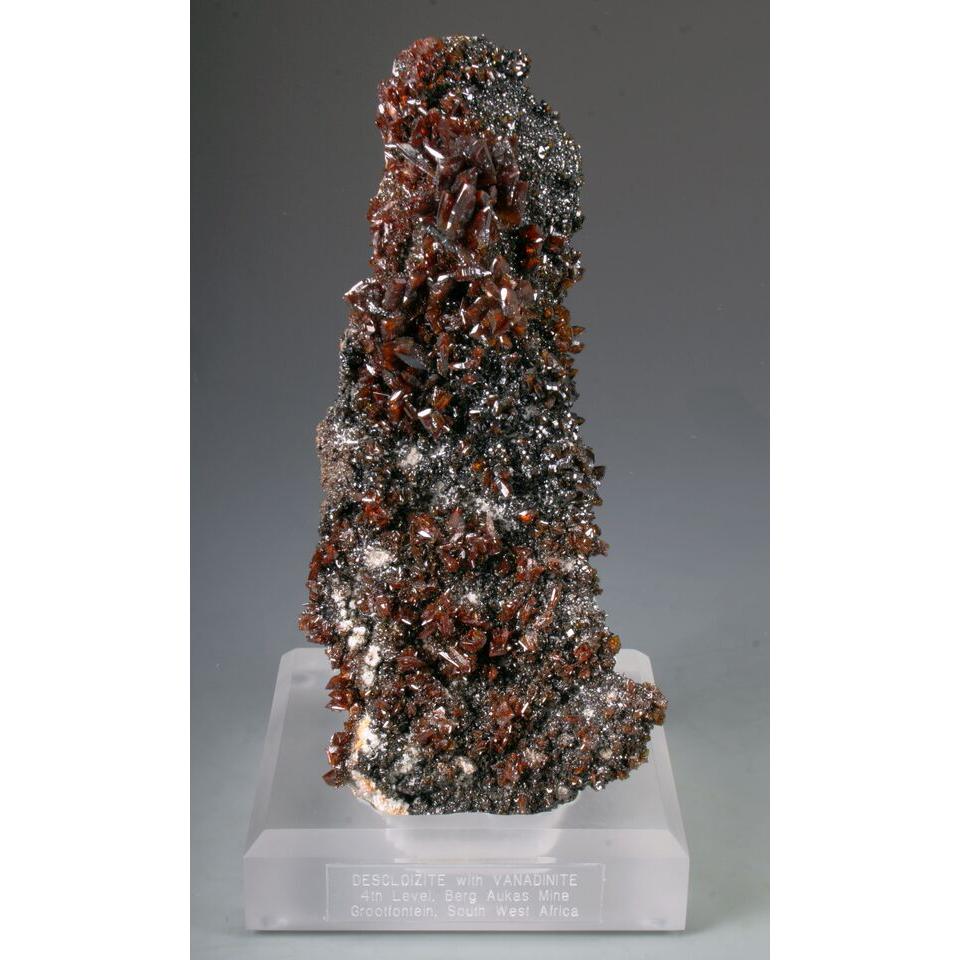
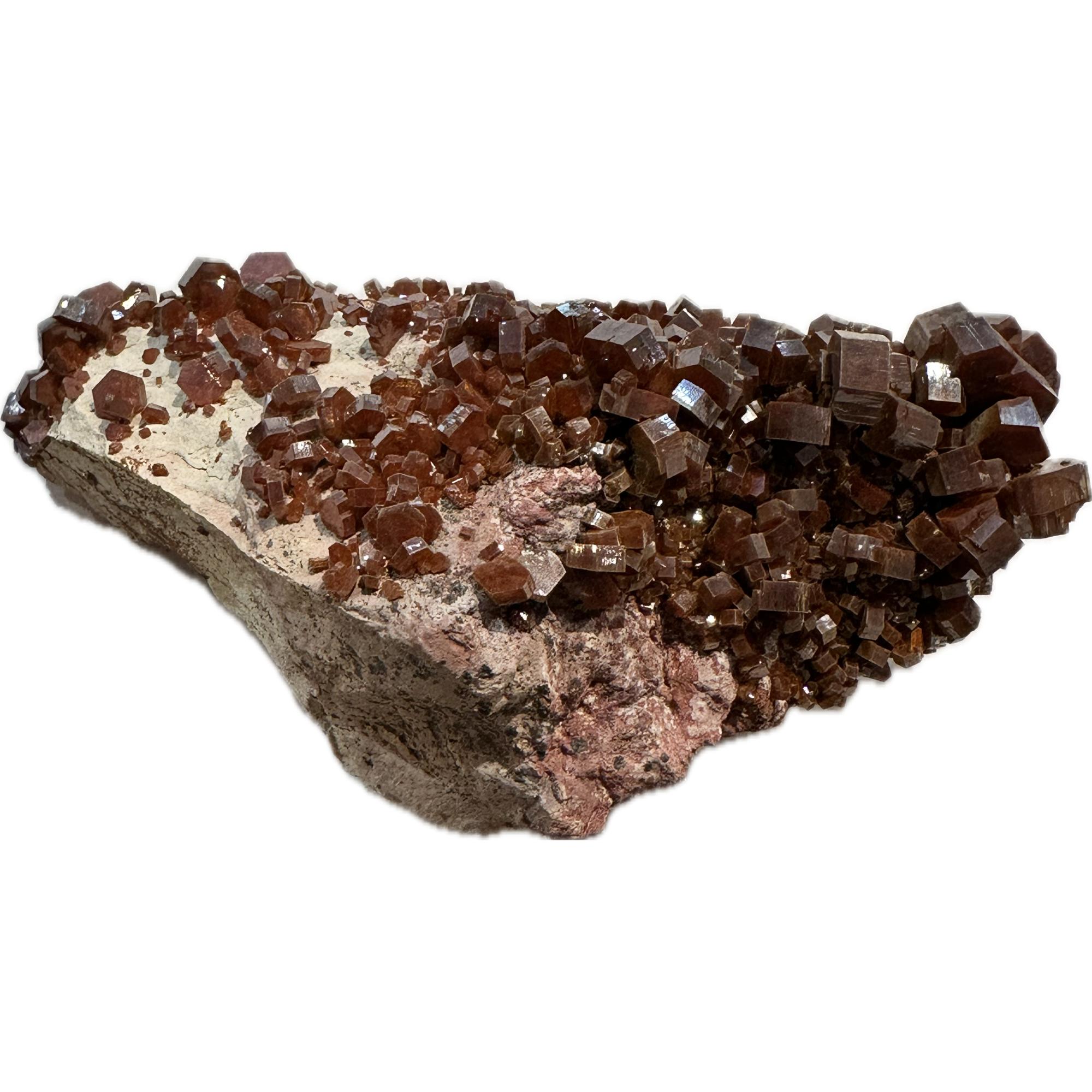
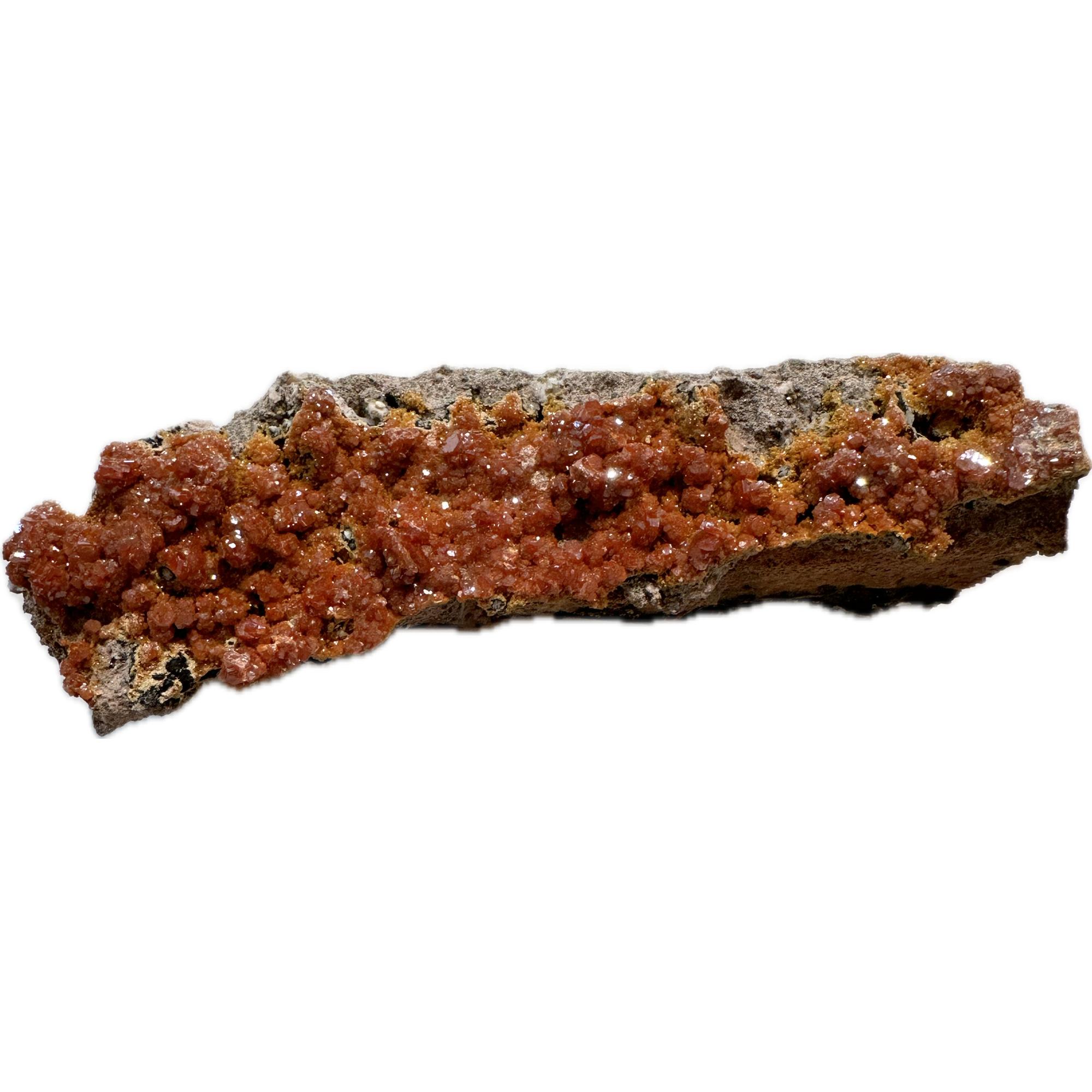

Reviews
There are no reviews yet.